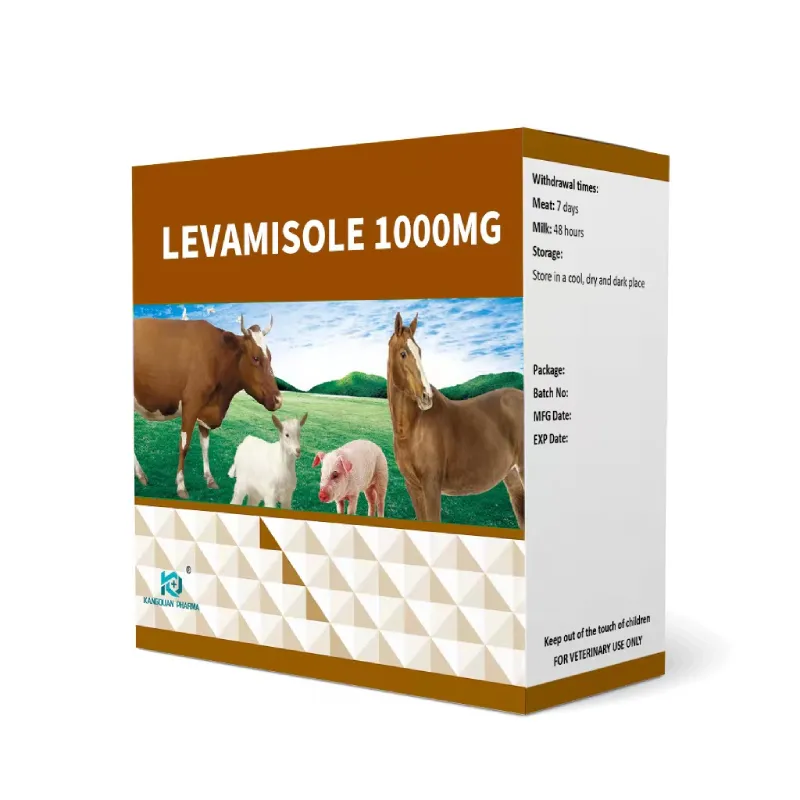- Afrikaans
- Albanian
- Amharic
- Arabic
- Armenian
- Azerbaijani
- Basque
- Belarusian
- Bengali
- Bosnian
- Bulgarian
- Catalan
- Cebuano
- Corsican
- Croatian
- Czech
- Danish
- Dutch
- English
- Esperanto
- Estonian
- Finnish
- French
- Frisian
- Galician
- Georgian
- German
- Greek
- Gujarati
- Haitian Creole
- hausa
- hawaiian
- Hebrew
- Hindi
- Miao
- Hungarian
- Icelandic
- igbo
- Indonesian
- irish
- Italian
- Japanese
- Javanese
- Kannada
- kazakh
- Khmer
- Rwandese
- Korean
- Kurdish
- Kyrgyz
- Lao
- Latin
- Latvian
- Lithuanian
- Luxembourgish
- Macedonian
- Malgashi
- Malay
- Malayalam
- Maltese
- Maori
- Marathi
- Mongolian
- Myanmar
- Nepali
- Norwegian
- Norwegian
- Occitan
- Pashto
- Persian
- Polish
- Portuguese
- Punjabi
- Romanian
- Russian
- Samoan
- Scottish Gaelic
- Serbian
- Sesotho
- Shona
- Sindhi
- Sinhala
- Slovak
- Slovenian
- Somali
- Spanish
- Sundanese
- Swahili
- Swedish
- Tagalog
- Tajik
- Tamil
- Tatar
- Telugu
- Thai
- Turkish
- Turkmen
- Ukrainian
- Urdu
- Uighur
- Uzbek
- Vietnamese
- Welsh
- Bantu
- Yiddish
- Yoruba
- Zulu
9 月 . 15, 2024 18:10 Back to list
amoxicillin dose in cattle
Amoxicillin Dose in Cattle An Overview
Amoxicillin is a commonly used antibiotic in veterinary medicine, particularly for the treatment of bacterial infections in cattle. Its effectiveness against a wide range of Gram-positive and some Gram-negative bacteria makes it a valuable tool in animal husbandry. Understanding the appropriate dosing and usage of amoxicillin is crucial for optimizing treatment outcomes while minimizing the risk of resistance development.
Indications for Use
Amoxicillin is primarily indicated for the treatment of respiratory infections, mastitis, and other bacterial diseases in cattle. Common pathogens susceptible to amoxicillin include Mannheimia haemolytica, Pasteurella multocida, and Escherichia coli. Veterinary practitioners often choose amoxicillin due to its good tissue penetration and relatively low toxicity in livestock.
Recommended Dosage
The recommended dosage of amoxicillin in cattle typically ranges from 10 to 15 mg per kg of body weight, depending on the severity of the infection and the route of administration. This dosage is generally administered either intramuscularly (IM) or subcutaneously (SC). In some cases, oral formulations may be available for treating less severe infections. Treatment duration can vary; however, it is common to administer amoxicillin for 3 to 5 days, ensuring that the full course of antibiotics is completed to prevent relapse and the potential development of antibiotic-resistant bacteria.
amoxicillin dose in cattle

Administration Considerations
When administering amoxicillin, it is essential for veterinarians to consider factors such as the age and weight of the animal, as well as the specific type of infection being treated. Dosing adjustments may be necessary for younger calves or debilitated cattle. Additionally, veterinarians should monitor for any adverse reactions, such as allergic responses or gastrointestinal disturbances, although these are relatively rare.
Resistance Concerns
One of the critical concerns with antibiotic use in cattle, including amoxicillin, is the potential for the development of antibiotic resistance. To mitigate this risk, it is vital that amoxicillin is used judiciously. This includes adhering to recommended dosages, ensuring accurate diagnosis before treatment, and avoiding the use of antibiotics for viral infections or non-specific ailments. Regular veterinary oversight can assist farmers in implementing effective management practices to reduce disease incidence without over-reliance on antibiotics.
Conclusion
In summary, amoxicillin is a valuable antibiotic for treating bacterial infections in cattle, with a recommended dosing range of 10 to 15 mg/kg. Proper administration and monitoring are essential to ensure effective treatment while minimizing the risk of antibiotic resistance. As with all veterinary medications, responsible use and adherence to best practices will help maintain the health of cattle herds and support the sustainability of livestock production.
-
The Power of Radix Isatidis Extract for Your Health and Wellness
NewsOct.29,2024
-
Neomycin Sulfate Soluble Powder: A Versatile Solution for Pet Health
NewsOct.29,2024
-
Lincomycin Hydrochloride Soluble Powder – The Essential Solution
NewsOct.29,2024
-
Garamycin Gentamicin Sulfate for Effective Infection Control
NewsOct.29,2024
-
Doxycycline Hyclate Soluble Powder: Your Antibiotic Needs
NewsOct.29,2024
-
Tilmicosin Premix: The Ultimate Solution for Poultry Health
NewsOct.29,2024













